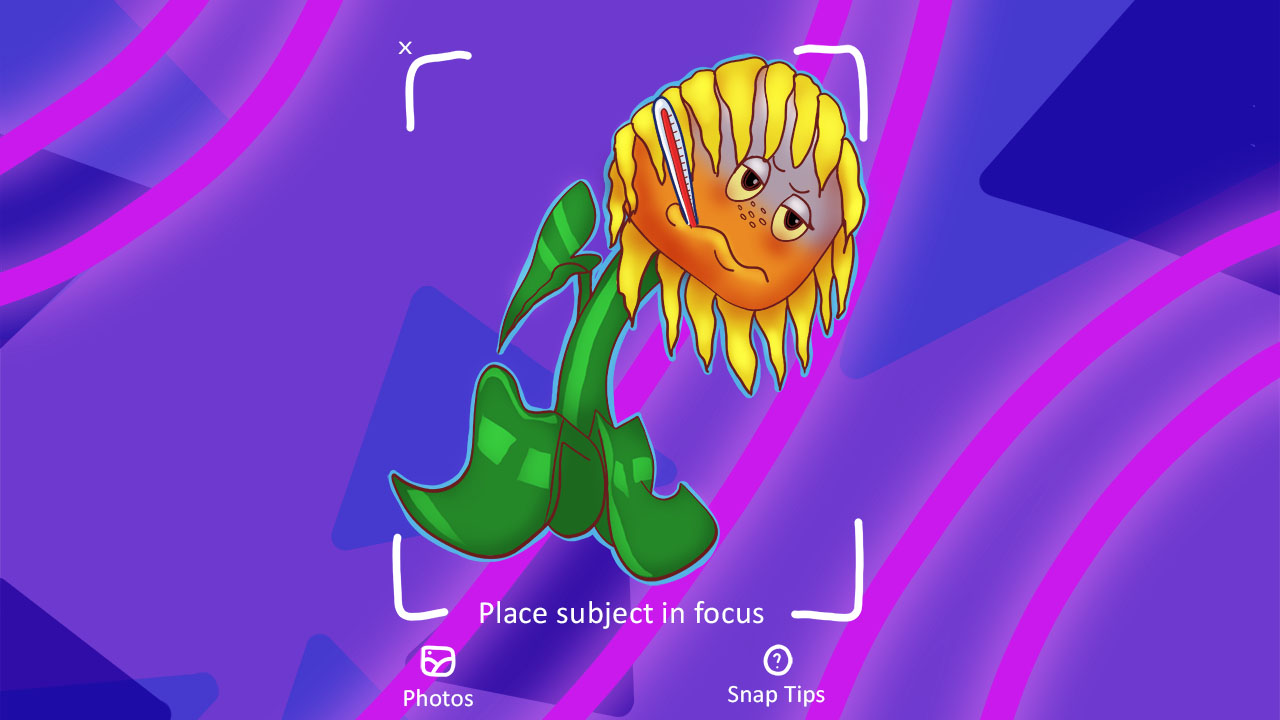Innovative plant app revolutionizes gardening
 CREDIT: CALEIGH REID
CREDIT: CALEIGH REIDMonitor the health of your plants using technology.
Spring is just around the corner and with that comes gardening and planting season for plant lovers.
Are you a beginner gardener with a lack of gardening history, or wanting to increase your gardening skills? Well, the new look of gardening is here with an app that can help save you from killing your plants and going through the trouble of reviving them with products that won’t help 100 per cent of the time.
Apps like, Plantum, Planta and PlantIn have helped numerous gardeners bring their plants back to life and keep them from getting diseases and pests.
For too long, gardeners have struggled with the headache of losing plants to pests of diseases due to late diagnosis or incorrect treatment methods. Plantum, for example, not only identifies the problem but also educates users on preventative measures, organic remedies, and chemical treatments that are safe for the plant and its environment.
Recognizing diseases and pests early on in your planting stages is key to effectively managing them and minimizing damage to your plants.
Here are a list of pests and diseases to be aware of and how to be aware of them and treat them:
Diseases within your soil or plants
Rust: Appears as small, orange, yellow or brownish spots on the leaves, stems and sometimes flowers. The spots can appear as powdery or rust-like, hence the name. Rust typically doesn’t kill plants, but it weakens them, by interrupting photosynthesis. To prevent or get rid of rust, simply use vinegar and/or horticulture soap.
Root rot: This is when roots turn brown or black becoming mushy. Root rot can often be caused by overwatering and poor drainage can kill plants. Pull your plant from soil and trim dead roots, snip off yellow or brown leaves and repot into a clean pot.
Leaf spot: This can be in a circular or irregular shapes, sometimes with a yellow halo. Spots can be brown, black, yellow or red. Leaf spot can weaken plants since they reduce photosynthetic area. Re-soil with mulch, remove fallen debris, prune, baking soda, neem oil and keep foliage dry.
Leaf scorch: This includes browning and crisping of leaf margins and in severe cases, between leaf veins. Normally starts at the tip of the leaves and edges moving inward. Leaves normally curve inwards or droop. Water accordingly, add mulch to soil, fertilize and prune.
Gray mold: This appears in fuzzy or powdery grey growth in leaves, stems, flowers or fruits. The mold first appears on damaged or aging tissue and can quickly spread to healthy parts. Gray mold can significantly damage or kill plants, especially in dense plantings where air circulation is poor. Prune, onion juice, neem oil, reducing humidity and garlic spray can help.
Pests within your soil or plants:
Spider mites: These tiny pests are the size of a pinhead and come in various colors such as red, yellow, brown or green. You’ll normally notice webbing, speckling leaving tiny white or yellow spots on leaves, and discolouration, as well as damage making plants grey or bronze.
Half an ounce or rosemary essential oil, some tap water, one teaspoon of lemon-scented liquid dish soap, neem oil, and peroxide with get rid of these pests.
Aphids: These are small, pearshaped insects that can be green, black, brown, pink or almost colourless. These insects suck sap from plants, weakening them, and can spread diseases and become toxic to pets. Spray with dish soap, remove by hand, and use peroxide to eliminate them.
Mealy bugs: These small, soft-bodied bugs are covered in a white powdery or waxy coating. They can often be found in clusters on stems, leaf axils or under leaves. Mealy bugs also suck spa from plants, weakening them and leaving diseases. They can be treated with isopropyl alcohol, sprayed with insecticidal soap, or neem oil.
Scale Bugs: appear and small, brown or tan bumps on plant stems, leaves and sometimes roots. They are often mistaken as part of the plant, leaving yellowness on the leaves or signs of drooping. They also produce honeydew on the plants. Prune, affected leaves, rubbing alcohol, spray with insecticidal soap, neem oil.
Thrips: These slender, yellow, black or brown insects can be difficult to spot, so a magnifying glass is recommended for inspection. They can cause speckled or stippled leaves, distorted flowers or leaves and silvering of leaf surface. These insects can lay eggs inside plant tissue, causing significant damage to flowers. Soap and water, neem oil, sticky traps, insecticides like PyGanic or essential oils can be used to treat this issue.
Snails, slugs and caterpillars: These pests are less harmful than the insects listed above and are easy to notice. To get rid of snails, slugs and caterpillars, simply use marigolds, lavender, peppermint, sage, chives, green onion, garlic or pepper spray.
Each app offers a significant abstract of options when scanning your plants. They can not only recognize pests and diseases, but also the identities of plants if you are unsure of their name or scientific name. They can also identify rocks, mushrooms and insects. They also offer features such as a light metre to indicate how much light your plants need, a pot metre to calculate the amount of soil you need, and basic facts about your plants.
Beyond saving individual plants, the apps have had a broader environmental mission. By promoting healthier plants and advocating for eco-friendly pest control solutions, the apps contribute to the wellbeing of local ecosystems. Healthier plants mean more robust local flora and fauna, contributing to biodiversity and the fight against climate change.
For anyone who has ever felt the despair of losing a beloved plant to an unknown ailment, the apps offer not only hope, but a tangible solution. It’s evidence to how technology, when thoughtfully applied, can bring us closer to the natural world, making the joy of plant care accessible to everyone.














